About Ceramic art in Iran
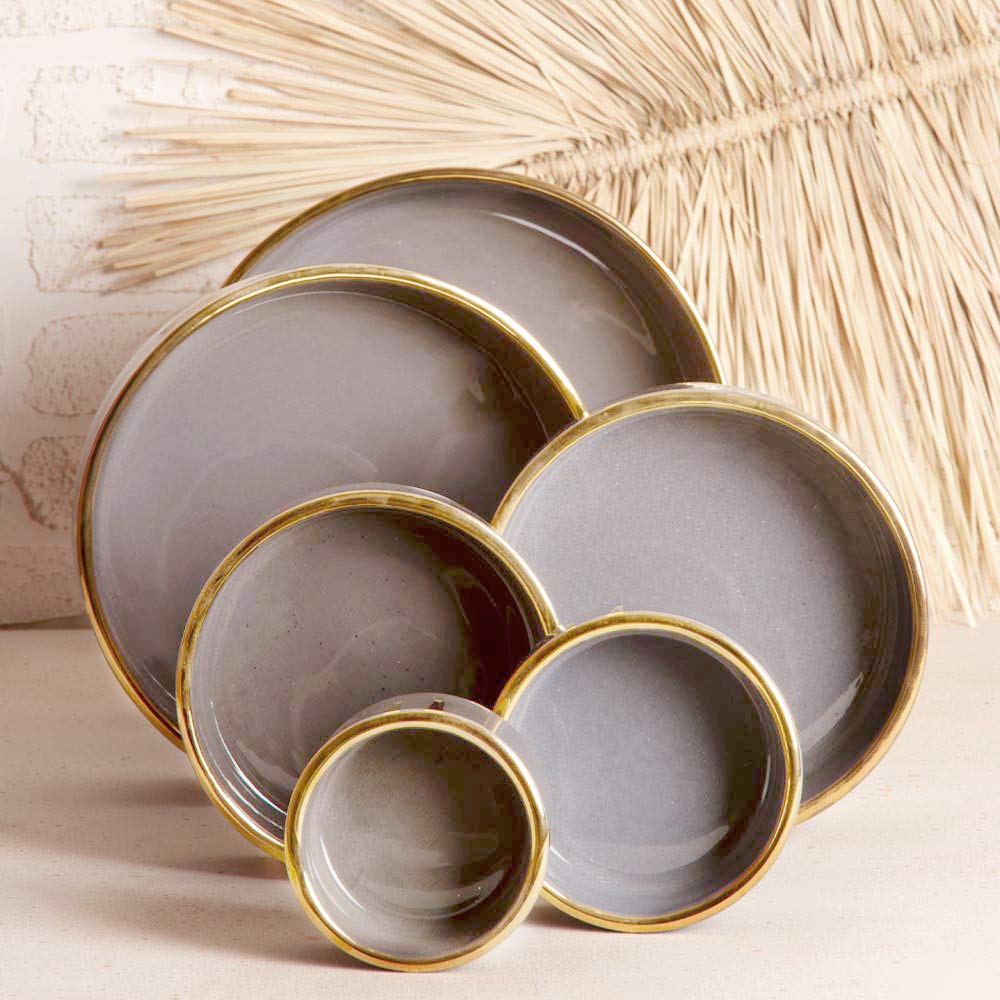
The art of ceramics in Iran has a long history. Since the Achaemenid period, ceramic vessels have survived as important relics. Iranians have always valued art, and their works were both precious and widely used. Ceramic art is a key tradition that holds a special place in Iran and worldwide.
Ceramic art means making objects from various silicates. In this article, we will explore this beautiful art and its history in ancient Iran up to today. Persian ceramics have a rich heritage that has influenced many cultures, which you will learn about in the sections ahead.
The Art of Ceramics
Ceramic furniture and utensils are some of the best human inventions that have been used widely by everyone throughout history.
Today, people use ceramic furniture in many ways. Almost every home or workplace has at least one ceramic piece. Ceramic art in Iran has grown a lot recently. You can find Persian ceramic furniture in many colors and designs for sale now.
Ceramic art means making objects from silicates. These objects are hardened by baking at high temperatures. The word “ceramic” comes from Greek and Sanskrit. Both mean “cooked.” Most ceramics follow the same making steps.
Today, different types of ceramics are used in a wide range of fields. For example, all-porcelain, Persian glass, crystal, and Persian pottery are part of the art of ceramics, as well as tiling and utensils such as sinks, bathtubs, and sanitary ware, and some other utensils such as glazed metal utensils are among the ceramic arts. This industry currently accounts for about one-third of the existing industries in the world.
The history of ceramic art
As mentioned, Persian ceramic art has a very long history, and ceramic and pottery are the most important remnants of old cities, many of which can now be seen in museums around the world. Ceramic art is also very old in the world and people have used this art in the form of Persian dishes and later in various forms for many years.
But you should note that Egyptians were also skilled in making ceramics. Many vessels were found in the tombs of the pharaohs. These belong to their time. But historians say the oldest ceramic vessel belongs to Iran. Many vessels from the Achaemenid period have been discovered. These finds help historians learn about life in that time. Experts date places and objects by studying these vessels. Finding old vessels shows that people lived there long ago. It also helps discover more ancient sites.
The Industrialization of Iranian Ceramics
In the history of Iran after the Achaemenid period, this art has been very popular, and ceramic utensils have always been used in people’s lives. People in Iran loved ceramic art after Islam until the Seljuk period and used glazed pottery a lot. After the Mongol invasion, artists changed pottery styles and adopted the Chinese style. This style led artists to use ceramic compounds in the tiling and decoration of buildings, and since then, the floor Persian tiles and interior walls of the building have become increasingly popular. So today you will not find any building that at least part of it is not tiled.
This art continued during the Safavid period, and during this time, artists presented very beautiful works in the field of tiling and utensils. The use of colored tiles in decorating the exterior and interior of the building became popular during this period. During the Pahlavi era and the reign of Reza Shah, the first tile factory was opened in Iran and gradually this art became an all-encompassing industry.
Steps of making ceramic ware
In Persian ceramic art, the process of making ceramic furniture is divided into two stages. First, you create the shape of the main body. Then, you paint and apply glaze to it. Next, we will explore the steps of making a pottery dish, which is part of ceramic art.
Step one: Creating the body
To make the body of a pottery dish, you must first prepare Persian clay with a suitable firmness of clay in combination with water. The clay is then shaped into a utensil by apparatus or by hand, allowing the utensil to dry completely in the open air with no water left. After drying, the utensil is placed in the oven and the temperature of the oven is gradually raised for 5 to 6 hours until it reaches 800 to 1000 degrees Celsius. Then remove the utensil from the oven and allow it to cool. This method makes a container very resistant to impact and moisture.
Step two: Glazing
The glaze is made according to the needs of the utensil or objects made by combining a large number of chemicals. The presence of glaze on ceramic dishes helps to make the utensil stronger and more durable. This glaze can be without color or with various colors and can be created with special designs on the dish. After applying the glaze to the pottery utensil, the dish is placed in the oven again and the glaze is completely dried on the dish. After complete drying, the utensil cools and is now ready for use and has a lot of strength and beauty. Persian ceramic art has many artists and fans in many fields, including utensils, tiles, and sanitary ware, and you can find these utensils and objects in different sizes and shapes for purchase.






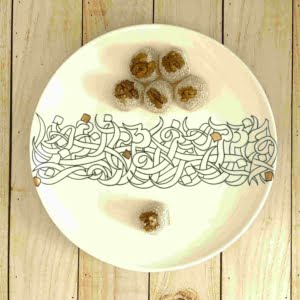
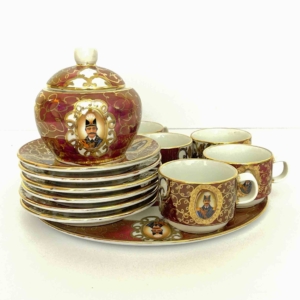
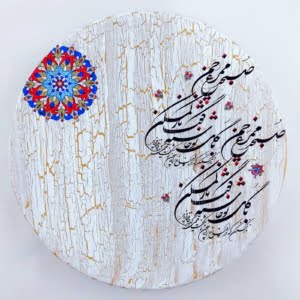
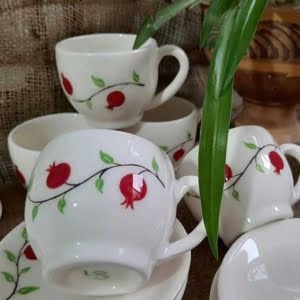
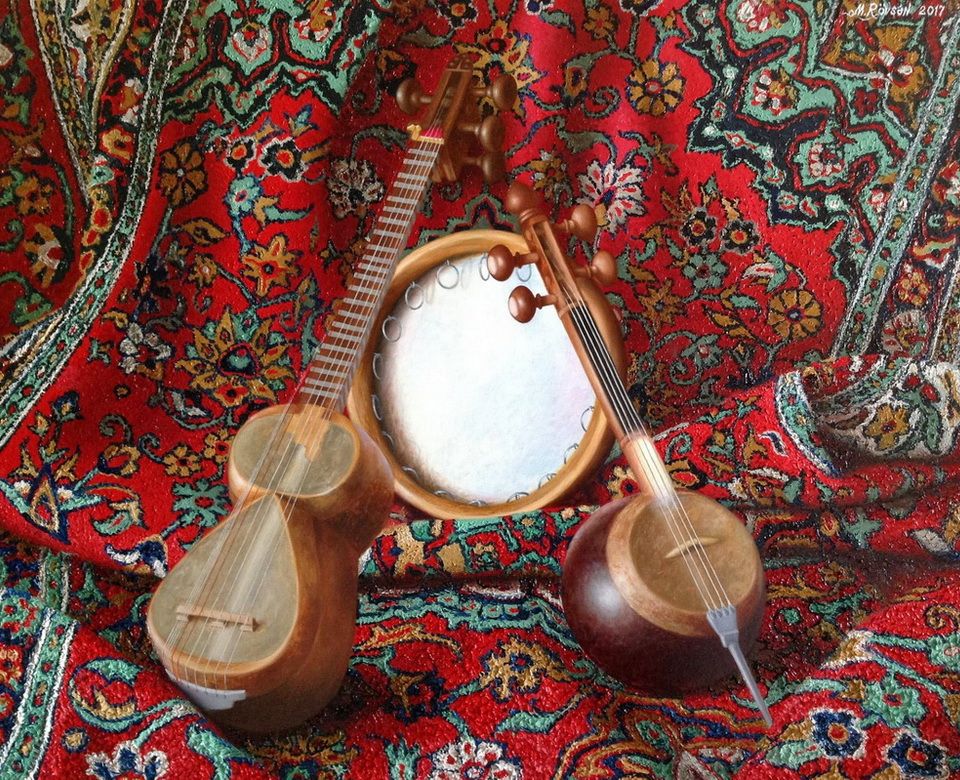
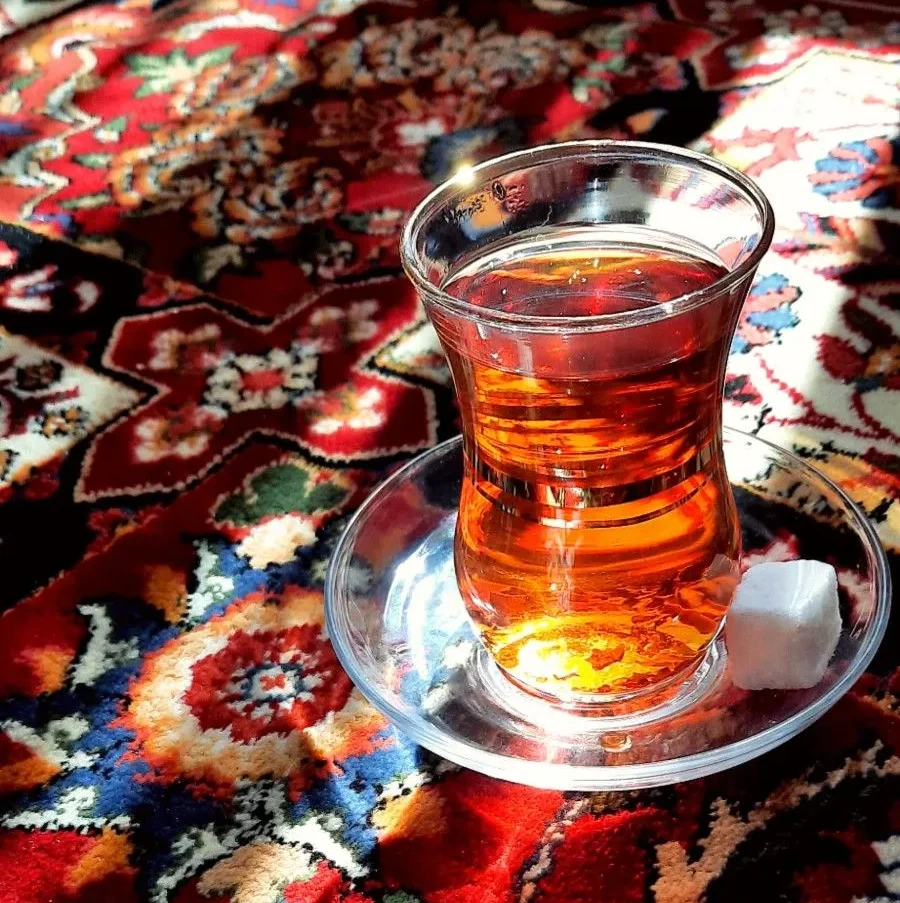
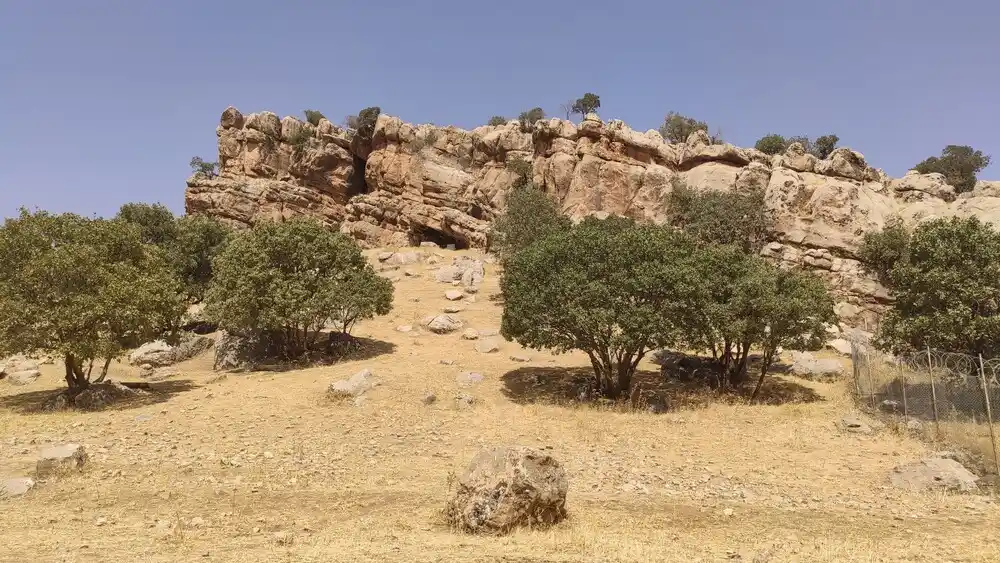
Comments